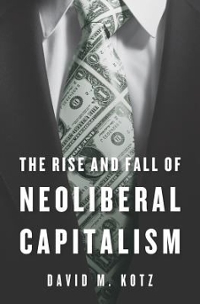Question
Refer to the standard two-period model with endowments as in Chapter 9 (or our class notes). In summary: we have a representative household that lives
Refer to the standard two-period model with endowments as in Chapter 9 (or our class notes). In summary: we have a representative household that lives for two periods. They enjoy consumptions in both periods (C1, C2), receive endowments for each period (Y1, Y2), with the relevant discounting for future and interest rates ( and r). Suppose, now we also have a government in this economy. This government collects a lump-sum tax each period as government revenue (T1 and T2) and borrows money from the household by issuing a bond (B). Note that lump sum tax just means that the government takes a chunk T from the HH's endowment. The government uses all its money to conduct necessary public spending each period (G1 and G2). In the end, the government just balances its budget:
Period 1: G1 = T1 + B
Period 2: G2 = T2 - (1+r)B
Hence, the intertemporal government budget balancing is (G1 + G2/(1+r) = T1 + B + T2/(1+r) - (1+r) B). We are still in a closed economy and no firms.
- What's the lifetime objective function for the household?
- What's the period-by-period budget constraint for the household when they have to pay tax?
- What's the lifetime intertemporal budget constraint for the household?
- Now that a government is willing to borrow from HH, what's the value of aggregate savings from HHs now (it was zero in our class example)?
- Please draw the representative household's optimization decision using the budget constraint and indifference curve accordingly. Please carefully mark all the necessary labels, axis, and points, so I know what you are drawing! What's the difference now that households have to pay tax compared to no tax (you can illustrate it in the graph or describe it in words)?
- All else stays the same; if the government decides to lower period 1 tax by an amount A (T1 becomes T1-A), it still has to finance its project spending G1 (G1 and G2 stay the same). So what happens to its borrowing B in period 1?
- In order to pay back the changes in borrowing B at the end of the second period, what does it have to do? In other words, how much does T2 change?
- Can you illustrate the change of T1 and T2 in the household's budget constraint below? (I think your original graph in (e) may be a lot. So just draw a new graph here. Please include the original tax-impacted endowment point, the budget constraint, and the new endowment point and the new budget constraint). (Hint: if it is of any help, you can plug the changes in T1 and T2 back to the intertemporal budget constraint for households and see where the change happens)
- Given the change in (h), is there any change in the optimization point for the HH?
- Think of how we declare the competitive equilibrium. Now with a government that spends resources G1 and G2. What would the market-clearing conditions look like now? Please write out all the market clearing conditions for period 1.
- What are the components for aggregate demand (previously just C)? What about the aggregate supply?
- What happens to the AD and AS curve if the government decides to increase government spending in period 1 (G1 goes up)? Please illustrate it below. How do variables in general equilibrium change (C1, r, Y1)? How does the consumption demand curve change, and why?
Step by Step Solution
There are 3 Steps involved in it
Step: 1

Get Instant Access to Expert-Tailored Solutions
See step-by-step solutions with expert insights and AI powered tools for academic success
Step: 2

Step: 3

Ace Your Homework with AI
Get the answers you need in no time with our AI-driven, step-by-step assistance
Get Started


